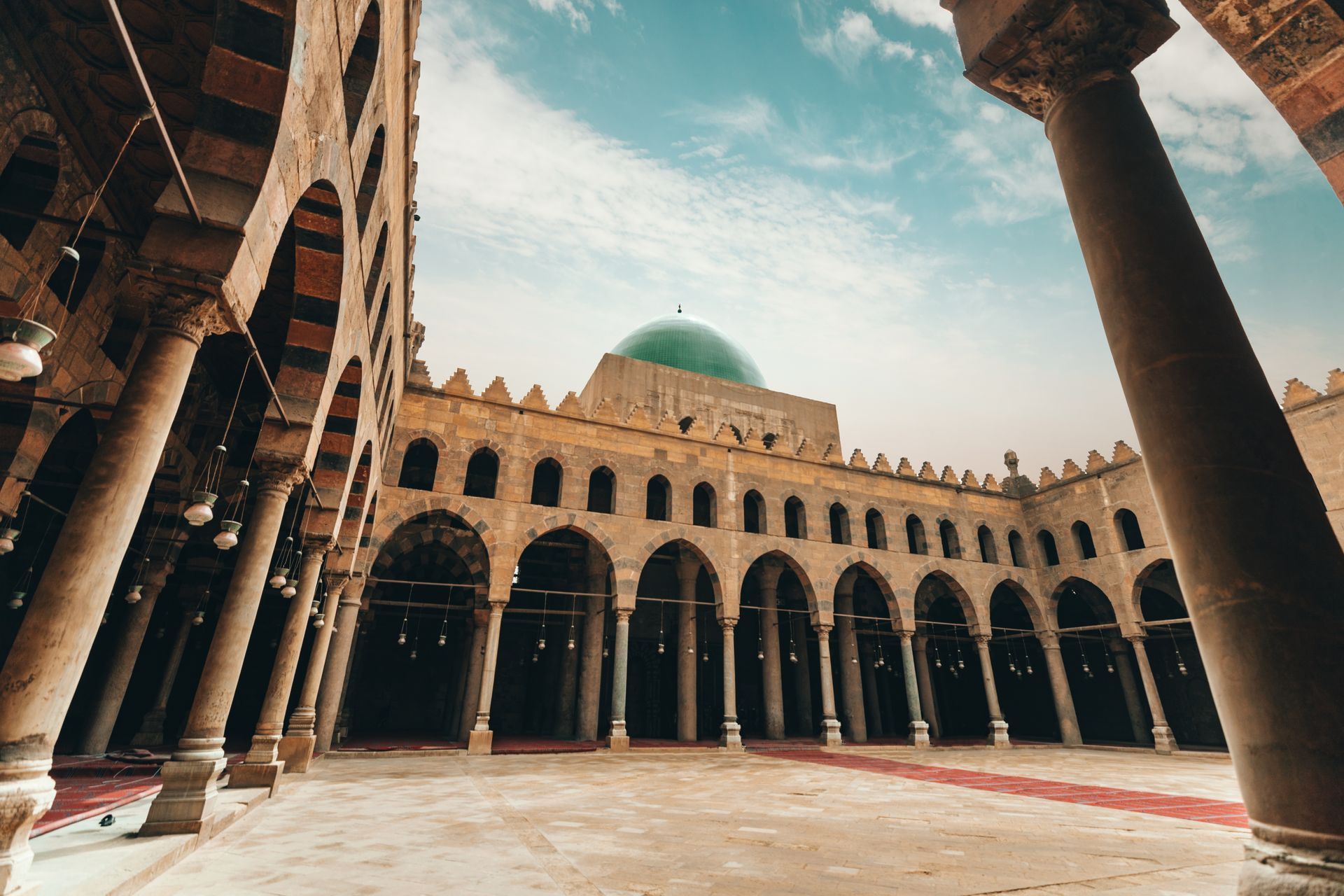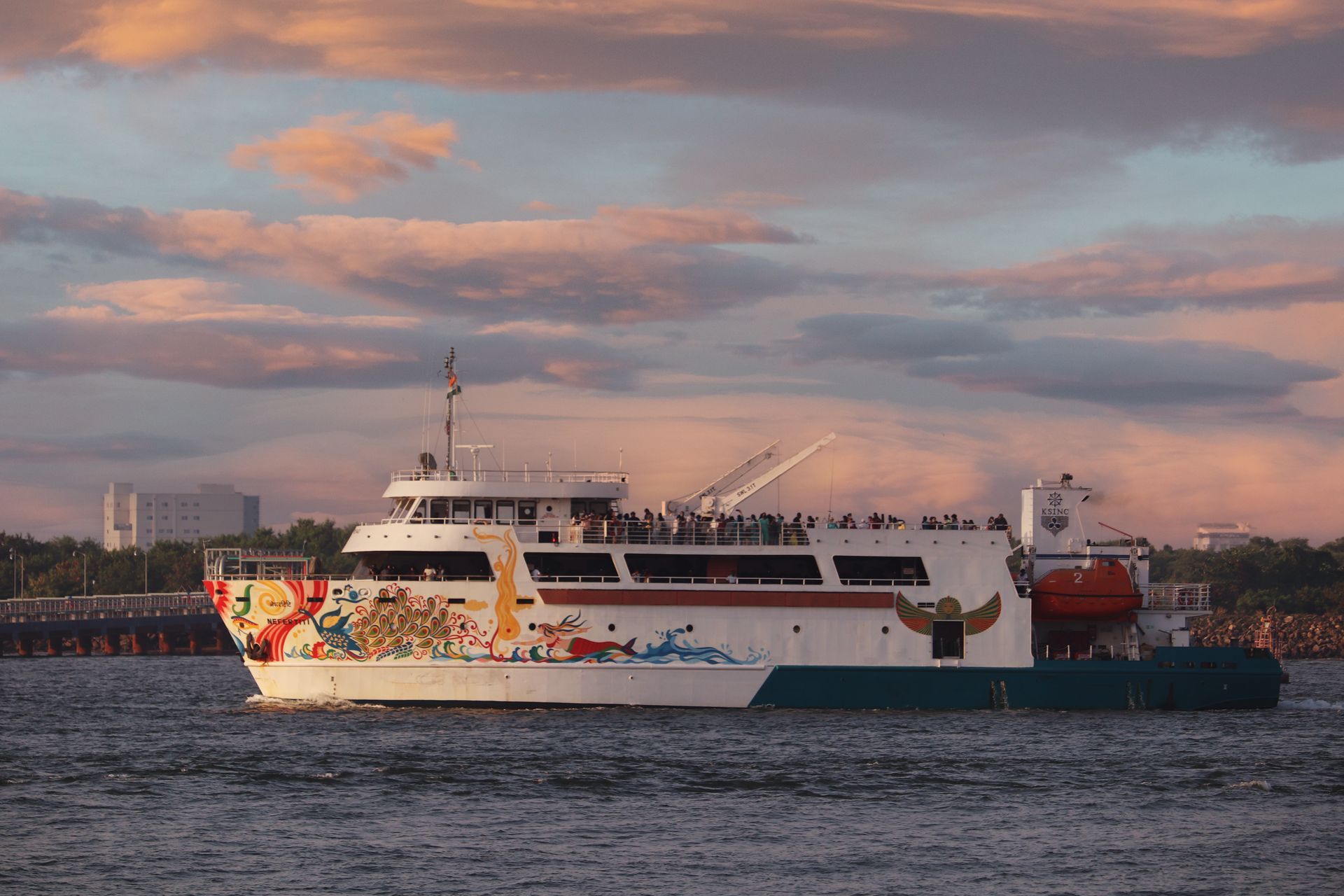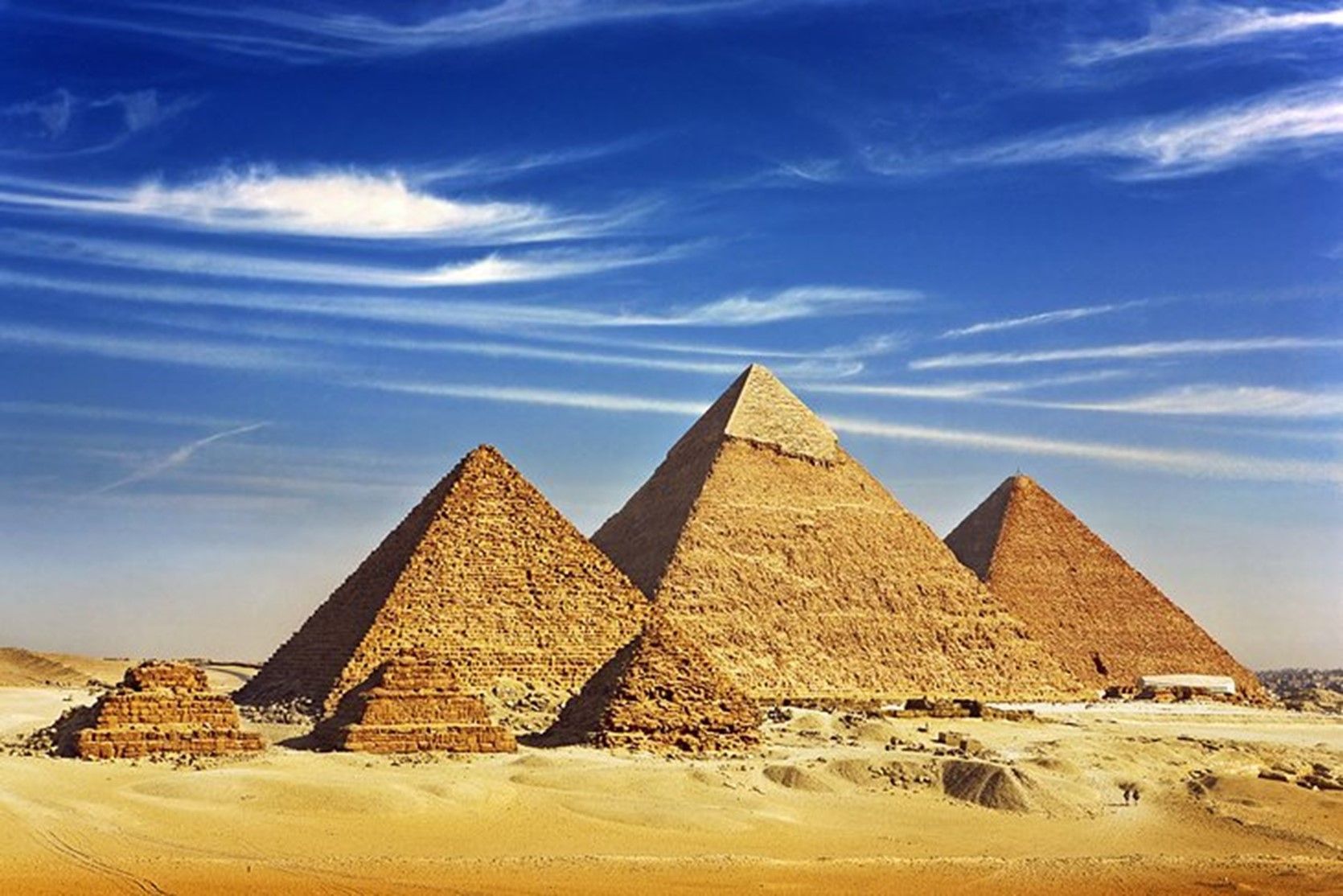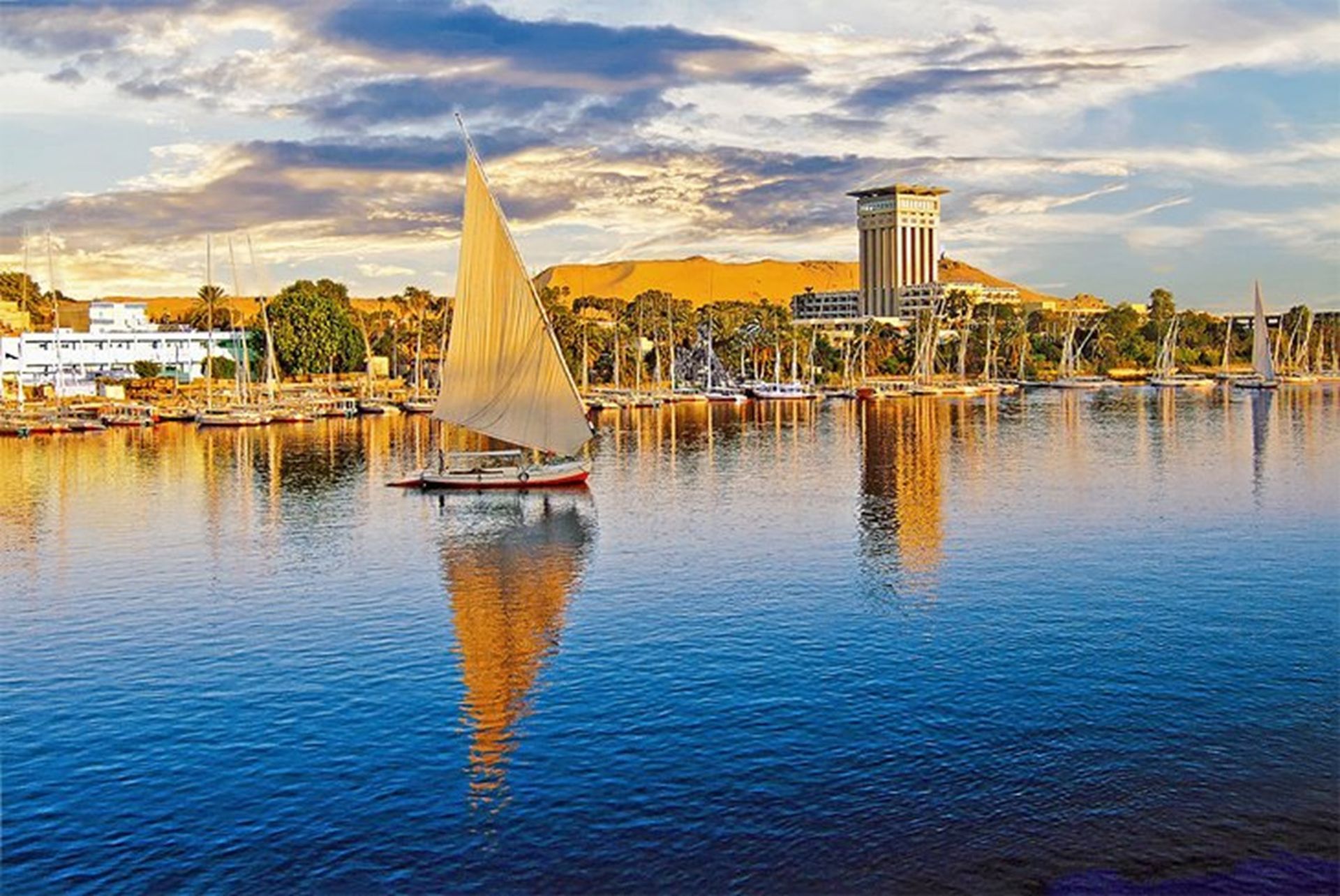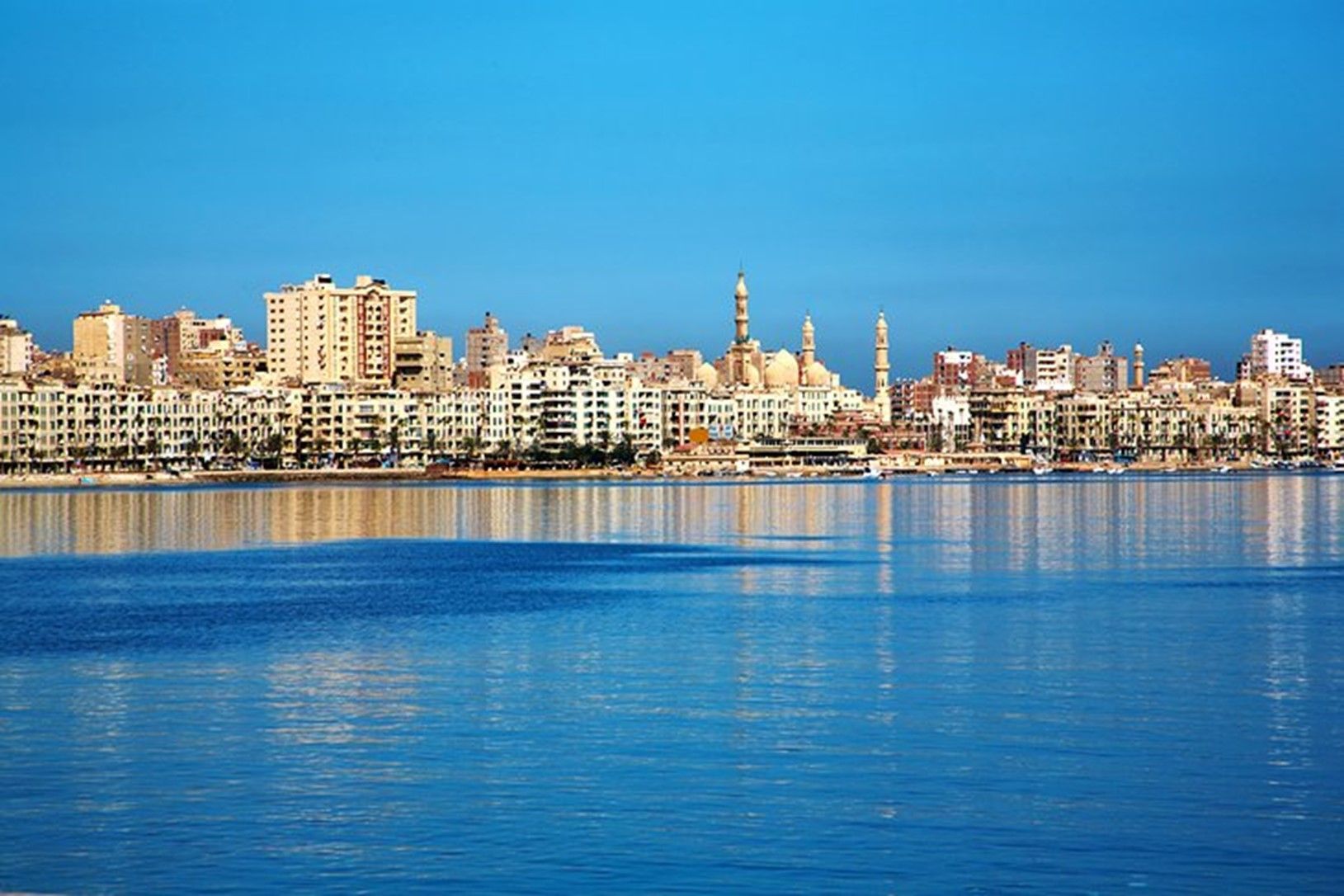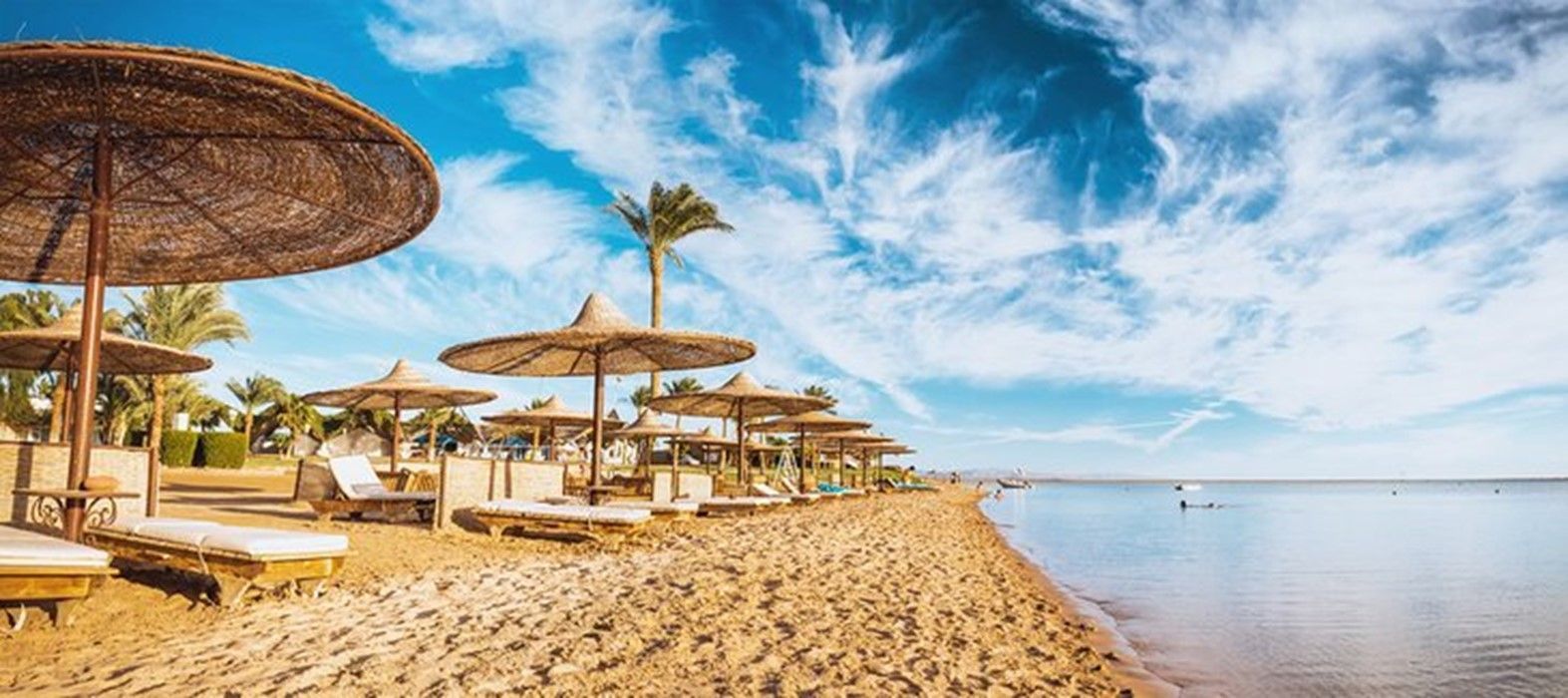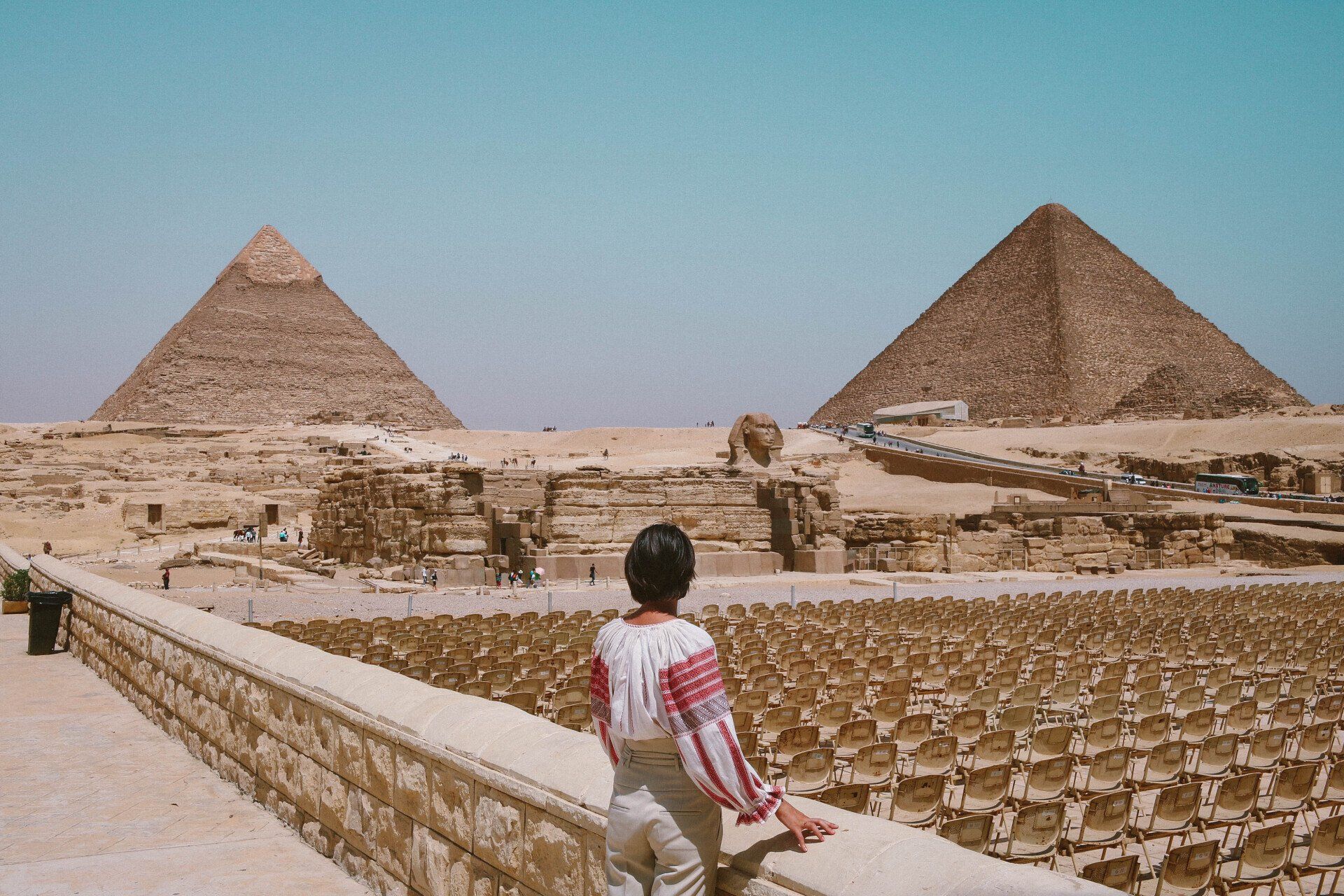
TOP ATTRACTIONS IN EGYPT
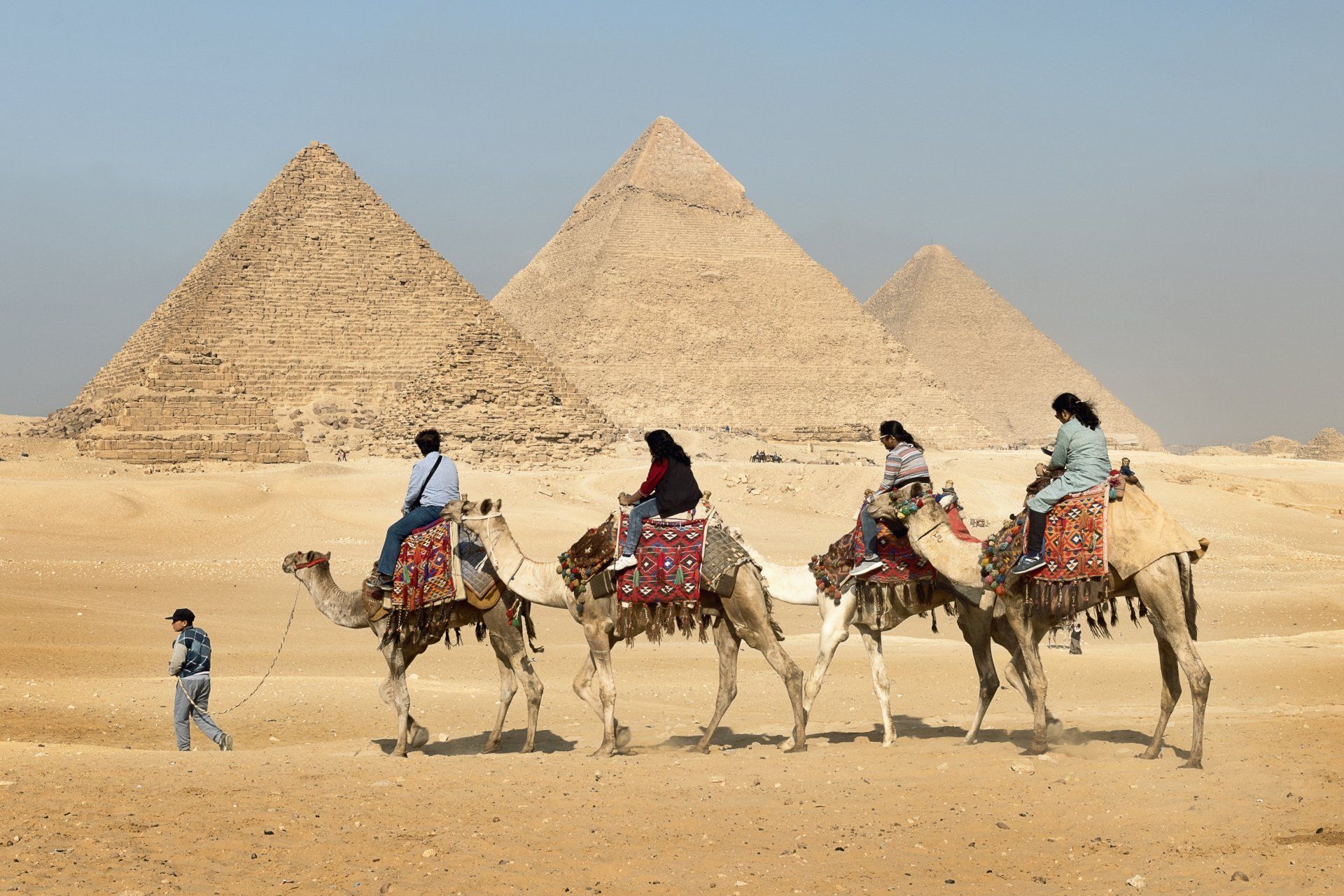
TOP ATTRACTIONS IN EGYPT
Button
Home of the ancient Pharaohs, Egypt is a destination full of dazzling temples and tombs that wow all who visit. It's not all historic treasures and tourist attractions, though. With vast tracts of desert for 4WD adventures, the Red Sea's world-class coral reefs and wrecks for divers, and cruising on the famed Nile River, there are plenty of things to do in Egypt for all types of travelers.
Beach lovers head to the Sinai or the Red Sea Coast to soak up the sun, while archaeology fans will have a field day in Luxor.
Cairo is the megalopolis that can't be beaten for city slickers, while Siwa oasis and the southern town of Aswan offer a slice of the slow pace of the countryside.
With so much to see and do, Egypt offers visitors a chance to create itineraries that combine culture, adventure, and relaxation all on one trip.
Plan your sightseeing with our list of the top attractions and places to visit in Egypt.
Pyramids of Giza
The last surviving wonder of the Seven Wonders of the Ancient World, the Pyramids of Giza are one of the world's most recognizable landmarks.
Having awed travelers down through the ages, these tombs of the Pharaohs Cheops (Khufu), Chephren (Khafre), and Mycerinus (Menkaure), guarded by the enigmatic Sphinx, are usually top of most visitor's lists of tourist attractions to see in Egypt and often the first sight they head to after landing.
Today, sitting on the desert edge of Cairo's sprawl, these megalithic memorials to dead pharaohs are still as wondrous a sight as they ever were and an undeniable highlight of any Egypt trip.
Cruising the Nile
Egypt is defined by the Nile. For many visitors, a multi-day cruise upon this famed waterway that saw the rise of the Pharaonic era is a highlight of their Egypt trip.
Cruising the Nile is also the most relaxing way to see the temples that stud the banks of the river on the route between Luxor and Aswan, plus sunrise and sunset over the date-palm-studded river banks, backed by sand dunes, is one of Egypt's most tranquil vistas.
The two famous sights on a Nile Cruise are the Temple of Kom Ombo and Edfu's Temple of Horus, where all the big cruise boats stop.
If you'd prefer a less crowded and slower experience, though, and don't mind "roughing it" a bit, you can also cruise the Nile by felucca (Egypt's traditional lateen-sailed wooden boats), which also allows you to create your own itinerary.
The vast amount of cruise boat itineraries depart from either Luxor and Aswan, but feluccas can only be chartered for multi-day trips from Aswan.
Explore Islamic Cairo
The atmospheric, narrow lanes of the capital's Islamic Cairo district are crammed full of mosques, madrassas (Islamic schools of learning), and monuments dating from the Fatimid through to the Mameluke eras.
This is where you'll find the labyrinth shopping souq of Khan el-Khalili, where coppersmiths and artisans still have their tiny workshops, and stalls are laden with ceramics, textiles, spice, and perfume.
Surrounding the market is a muddle of roads, home to some of the most beautiful preserved architecture of the old Islamic empires.
There is a wealth of history here to explore. Visit Al-Azhar Mosque and the dazzling Sultan Hassan Mosque, and make sure to climb up to the roof of the ancient medieval gate of Bab Zuweila for the best minaret-speckled panoramas across the district.
Egyptian Museum
A treasure trove of the Pharaonic world, Cairo's Egyptian Museum is one of the world's great museum collections. The faded pink mansion in downtown Cairo is home to a dazzling amount of exhibits.
It's a higgledy-piggledy place, with little labeling on offer and chronological order severely lacking. Instead every corner you turn here is home to some wonderful piece of ancient art or statuary, which would be the highlight of any other museum.
The museum's star collection is the haul of golden treasures unearthed from Tutankhamen's tomb in the Valley of the Kings.Travelers should note that the Egyptian Museum's swag of riches is in the process of being transferred to the new Grand Egyptian Museum (GEM) in Giza, near the pyramids, which is tentatively due to open (after years of delays) in November 2022.
The GEM will finally provide this world-class collection with a worthy showcase, and the entirety of Tutankhamen's treasures, many of which have been kept in storage for years, will finally be completely on display.
White Desert
Egypt's kookiest natural wonder is White Desert National Park, out in the Western Desert, just south of Bahariya Oasis. Here, surreally shaped chalk pinnacles and huge boulders loom over the desert plateau, creating a scene that looks like icebergs have found themselves stranded amid a landscape of sand.
This highly scenic environment looks like something out of a science fiction movie and is a favorite destination for 4WD desert trips and overnight camping, which are both easiest organized in Bahariya Oasis.
For desert fans and adventurers, this is the ultimate weird playground, while anybody who's had their fill of temples and tombs will enjoy this spectacular natural scenery.
Alexandria
Alexandria has a history that not many others can match.
Founded by Alexander the Great, home of Cleopatra, and razzmatazz renegade city of the Mediterranean for much of its life, this seafront city has an appealing days-gone-by atmosphere that can't be beaten.
Although today, there are few historic remnants of its illustrious past left to see, Alexandria's long seafront Corniche road leading to its fort (sitting on the site where its famous ancient lighthouse once sat) remains a favorite summer destination to capture cooling sea breezes for Egyptians and foreign visitors alike.
Underwater archaeological projects here have imbued Alexandria's museums with interesting exhibits. The modern Bibliotheca Alexandrina is a contemporary interpretation of Alexandria's famed ancient library, and the handful of historic sights in town include an atmospheric catacombs site.
Coptic Cairo
The Cairo district known as Coptic Cairo is one of the most important Christian sites in the country.
Originally the Fortress of Babylon, dating back to the Achaemenid Empire's conquest of Egypt in 525 BCE, this district is home to Cairo's oldest surviving church, synagogue, and mosque, as well as the excellent Coptic Museum, which holds the world's largest collection of Coptic Christian art and antiquities.
A section of the Fortress of Babylon's walls, which were repaired and expanded under Roman rule, are also still standing and are the entrance into the district.
Make sure to visit the Hanging Church, which holds a fine collection of icons and was built half over the Roman-era water wheel (hence the church's name). Then thread your way down the narrow alley to the Church of St. Sergius and Bacchus which, according to local tradition, was built atop the site where the Holy Family with the infant Jesus lived in refuge after fleeing King Herod.
Nearby, the Ben Ezra Synagogue is famous for being the site where the Geniza documents cache were discovered.
A short walk away is the Mosque of Amr Ibn Al As, built by the Arab Muslim army commander (and later, first governor of Egypt) after conquering Egypt.
Wadi Al-Hitan
Wadi Al-Hitan is in the Fayoum area, a lush and fertile depression fed by ancient canals and surrounded by desert.
The Fayoum itself, with Lake Quran, the pottery village of Tunis, and Pharaonic ruins scattered across the hinterland, is an interesting place to visit, but the main tourist attraction here, in the nearby desert, is the UNESCO World Heritage site of Wadi Al-Hitan.
Amid the orange dunes and jagged rocks of this desert valley, a vast fossil cache of the oldest prehistoric whales (the basilosaurus and dorodontus) were discovered, hugely aiding human understanding of the evolution of whales.
Some of the finds have been kept in situ, with walking tracks radiating out from the visitor's center to skeleton sites sitting amid the sand.
In the visitor center itself, a museum dedicated to the site does an excellent job of explaining Wadi Al-Hitan's importance, and displays many of the site's other finds, including a skeleton of a basilosaurus whale that measures 18 meters long.
Head to the Beach
In the depths of the Northern Hemisphere winter, Egypt's beaches have become a welcome escape for European families seeking blue skies and easygoing fun.
The Red Sea coastline surrounding the towns of Hurghada and El Gouna, as well as the beaches of Sharm el-Sheikh in South Sinai, attract droves of sunseekers from around November to March.
All have plenty of resort choice, from vast mega-resorts dedicated to family-friendly beach vacations to smaller boutique-style resorts marketed as romantic breaks.
Choose Hurghada or El Gouna if you want to be within day-tripping distance of the temples and tombs of Luxor. In Hurghada you can also find an assortment of all-inclusive resorts to make your beach trip that much more enjoyable.
Sharm el-Sheikh is the top choice for keen divers who want to explore the dive sites of Ras Mohammed and the Straits of Tiran.
Camel Ride at the Giza Pyramids
One of Cairo's most iconic things to do is camel ride at the pyramids. Due to the distances involved in exploring the site, it actually makes sense as well.
The best option is to camel ride south from the Pyramid of Mycerinus (Menkaure) into the desert to one of the panoramic viewpoints of the entire site.
For the best photography light (and most comfortable riding experience), time your ride for around sunset.
Camel touts proliferate around the site, offering their services. Always check if the camel looks healthy and well fed before agreeing, as camel welfare continues to be an issue at this site.
Also, agree on a price before riding, not during the ride or after. You will most likely need to haggle.
